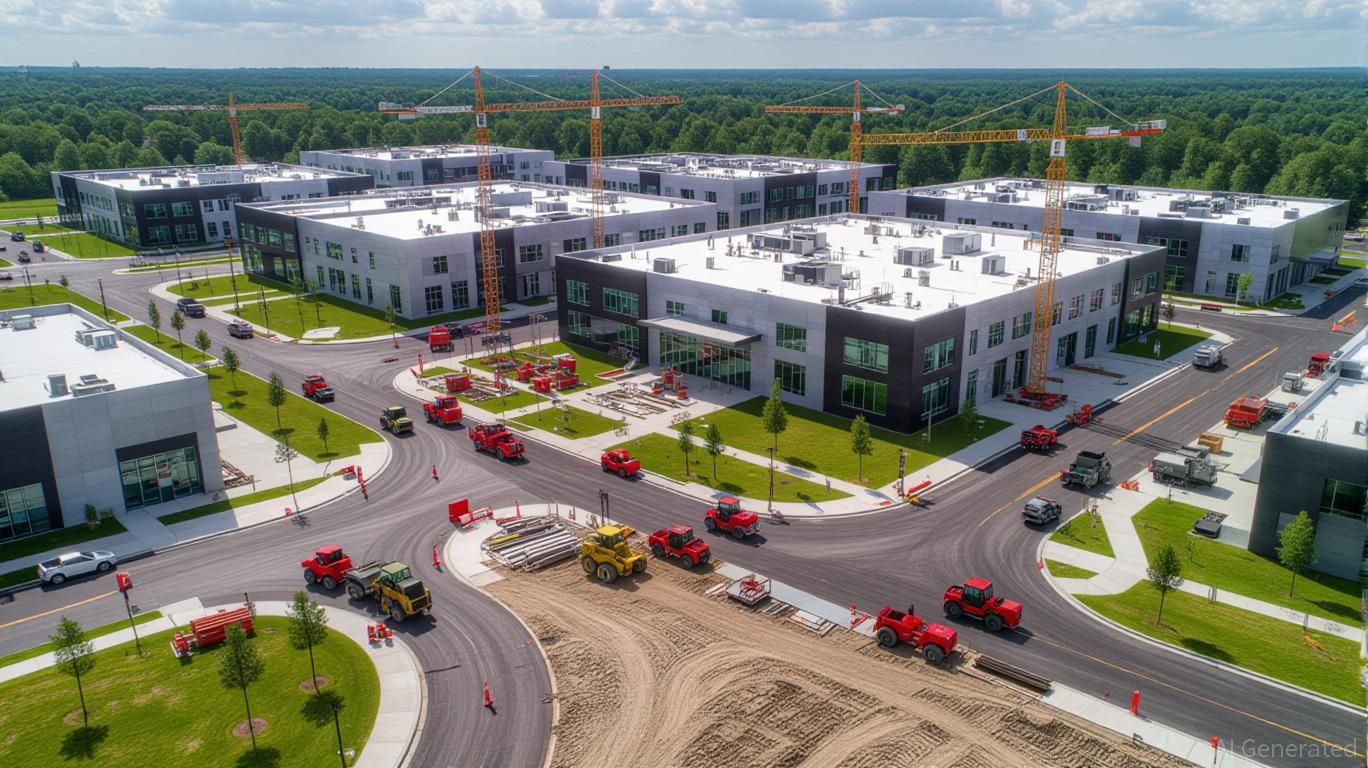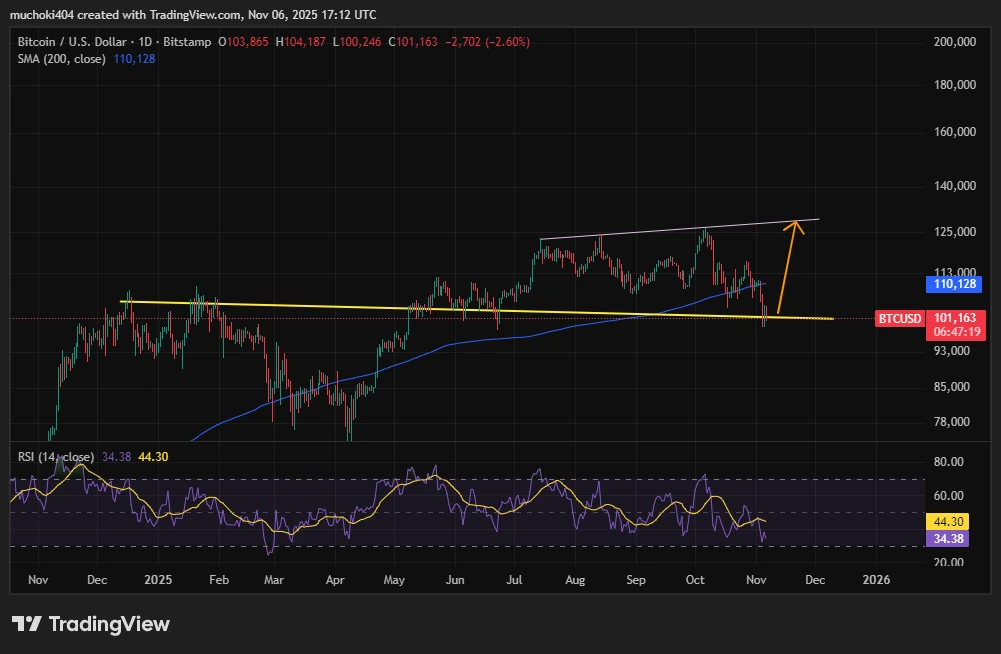SUI News Today: Sui's Mysticeti v2 Integrates Validation Within Consensus for Enhanced Efficiency
- Sui Network's Mysticeti v2 merges transaction validation into consensus, reducing latency by 35% and improving efficiency. - The update introduces a Transaction Driver that streamlines submission, cuts bandwidth usage, and enables faster confirmations via optimized validation. - Asia's nodes saw latency drop from 1.00s to 0.65s, while Europe improved by 25%, validating the protocol's performance gains. - Future updates aim to reduce message rounds and enable direct block streaming, reinforcing Sui's fast
Sui Network has introduced Mysticeti v2, a significant update to its consensus protocol based on Directed Acyclic Graphs (DAG), achieving a 35% decrease in transaction latency and boosting overall performance. This release incorporates transaction validation directly within the consensus mechanism, removing extra steps that previously caused additional computational work and delays, as detailed in the
Mysticeti was first rolled out on Sui’s mainnet in July 2024, designed to separate transaction broadcasting from ordering, which supports high throughput and resists censorship, as outlined in the Mysticeti v2 post. However, the original version kept a validation step before consensus, requiring validators to vote on transaction approval. While this safeguarded the network, it also increased latency for non-fastpath transactions—those that involve shared objects rather than exclusively owned ones, per the Mysticeti v2 post.

The Transaction Driver further refines transaction handling by replacing the earlier Quorum Driver system. Previously, transactions were sent to all validators, which required multiple rounds of signature collection and used substantial bandwidth and processing power, according to the Mysticeti v2 post. The new driver sends transactions to a single validator, who then manages certification across the network. Signatures are grouped within consensus blocks, greatly reducing bandwidth and computational demands, as explained in the Blockonomi article. Validators are chosen based on past latency to speed up confirmations, and the system includes robust retry and DoS protection mechanisms, as described in the Mysticeti v2 post.
Performance tests from Mysten Labs and its partners validate these enhancements. Full nodes in Asia experienced a 35% drop in latency, while those in Europe saw a 25% improvement, according to data from the Mysticeti v2 post. The Transaction Driver is now standard in
This upgrade highlights Sui’s dedication to its fastpath finality approach, where transactions involving only owned objects can be confirmed without full consensus, as explained in the Mysticeti v2 post. By refining both validation and submission, Mysticeti v2 moves the network closer to its optimal performance while maintaining robust security and scalability.
Disclaimer: The content of this article solely reflects the author's opinion and does not represent the platform in any capacity. This article is not intended to serve as a reference for making investment decisions.
You may also like
Fed Split Over December Decision: Focus on Employment or Tackle Rising Prices?
- Fed officials debate December rate cut likelihood (67.3%), balancing labor market risks vs. inflation amid divided policy views. - Governor Cook prioritizes employment risks over inflation, while Daly supports "modestly restrictive" policy to curb price pressures. - Goolsbee warns of rising inflation, contrasting with Myron's call for 50-basis-point cuts to prevent recession, highlighting policy uncertainty. - Fed's $125B liquidity injections and balance-sheet pause signal easing, yet Powell cautions aga

The $9.8M FAST NY Grant and Transformation of the Xerox Campus: Maximizing Industrial Property Potential in Webster, NY
- NY's $9.8M FAST NY Grant funds Xerox campus redevelopment in Webster, aiming to boost industrial real estate and advanced manufacturing. - The 300-acre brownfield site will receive infrastructure upgrades, creating 1M sq ft of industrial space by 2025 with proximity to major transportation and talent. - Secondary markets like Webster outperform primary cities in growth, driven by affordability, skilled labor, and public-private partnerships aligning with state economic goals. - Infrastructure investments

Japan’s FSA Backs Major New Stablecoin Initiative
In Brief Japan’s FSA supports a major new stablecoin pilot involving three major banks. The initiative explores regulatory compliance for stablecoins as electronic payment instruments. This marks the first project of the newly formed "Payment Innovation Project" (PIP).

JPMorgan’s Analyst Says Bitcoin Needs to Hit $170k to Match Gold’s Private Investment Value
